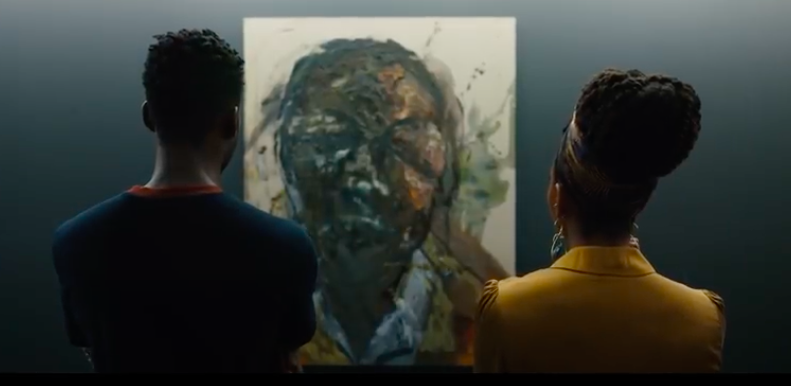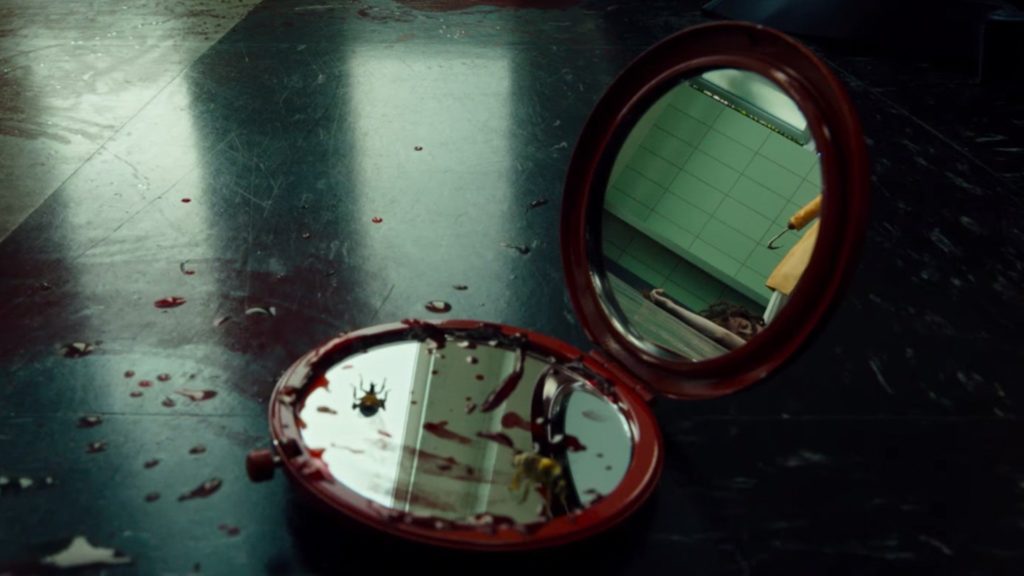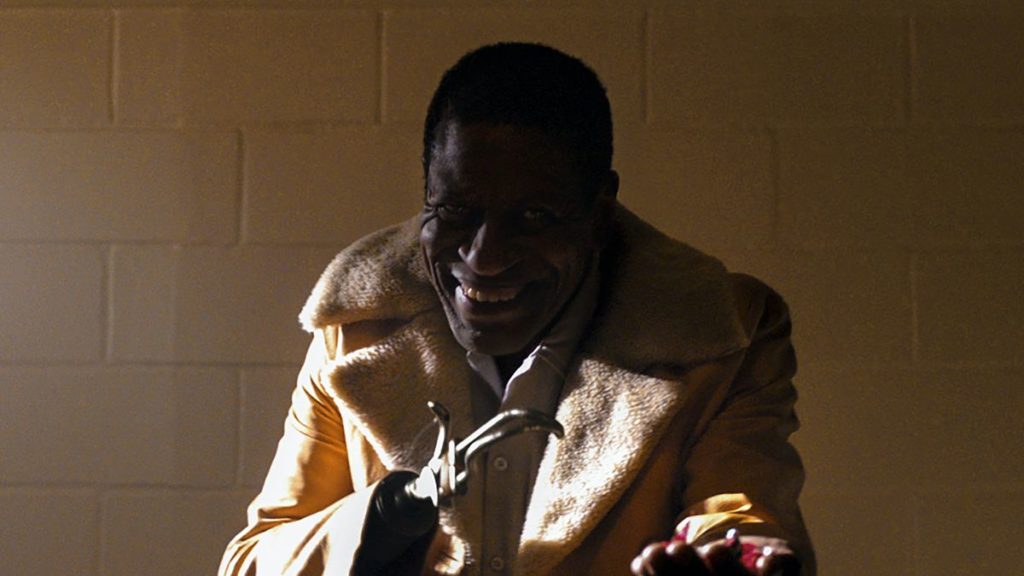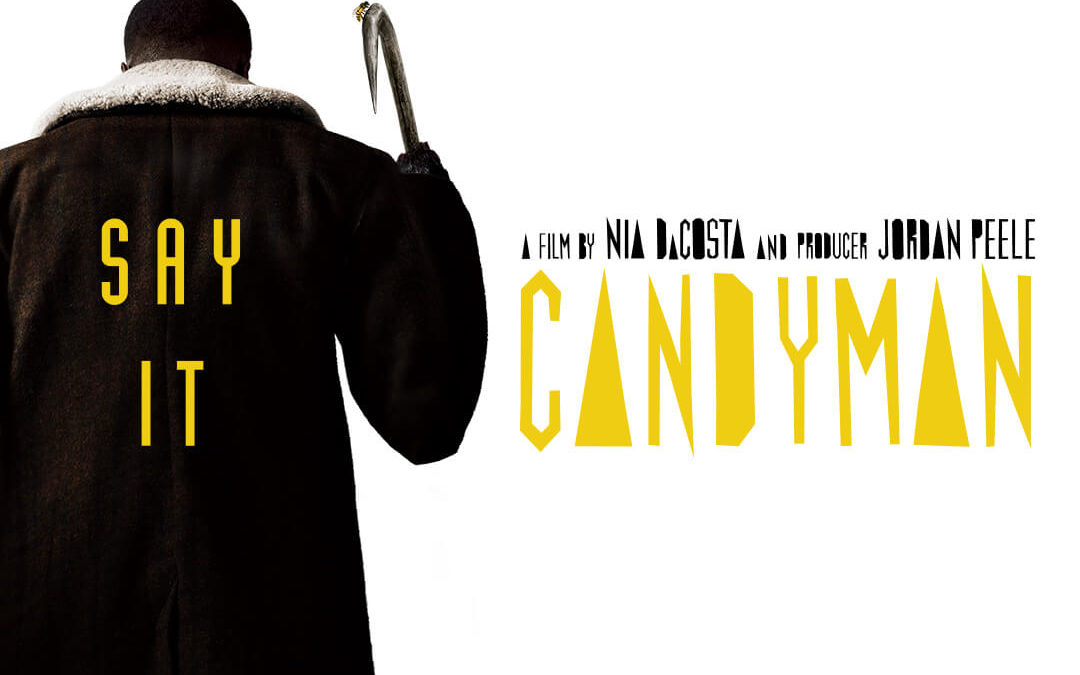
Based on the short story “The Forbidden” by horror icon Clive Barker, “Candyman” became one of the most iconic films in horror history. Barker, infuriated with the production of “Rawhead Rex,” was strictly only going to do film adaptions of his written work himself. The results were the fantastic “Hellraiser” and “Nightbreed.” Impressed by the pitch from writer/director Bernard Rose, Barker allowed the talented artist to obtain the rights of “The Forbidden” to create “Candyman” and switch the setting from Liverpool to urban Chicago. Rose not only creates a new horror icon but displays the psychological perceptions and superstitions that encompass the everyday residents of the Cabrini-Green projects giving audiences an intimate look into the creation of an immortal myth. After two forgettable sequels, and yes, an attempt to make “Leprechaun vs. Candyman,” modern master of horror Jordan Peele acquired the rights and set forth to make a spiritual sequel to the original masterpiece.

Up and coming painter, Anthony McCoy, has moved to the now gentrified neighborhood of Cabrini-Green. Looking for inspiration, Anthony befriends William Burke. Burke has lived in the area his entire life and has intimate knowledge of the haunting local lore that Anthony’s girlfriend’s brother shared with him recently. The legend of Candyman both inspires and torments Anthony. McCoy’s exhibit at a high-end gallery is lambasted for being over the top and boring but sparks a deadly interest in the attendees who succumb to the temptation to call his name. Once the legend is resurrected in gory glory, Anthony races to uncover the truth behind the myth while going through a psychological and physical transformation. After a meeting with his mother, all of Anthony’s fears swarm around him as he realizes that he is and has been part of the legend all along. Eager to unleash the legend onto the new residents of Cabrini-Green, Burke lures Anthony to a sacred place in hopes of bringing the Candyman back for sweet retribution.

“Candyman” (2021) is a decent yet one dimensional film with an absurd sub-plot that completely destroys the beauty of the original masterpiece. At 31 years of age, writer/director Nia DaCosta does a fine job with the look of the film. The kills are original and her use of mirror imagery is top shelf. One pull away shot during a kill is a modern-day Hitchcock maneuver straight from “Rear Window.” All of the performances are strong and the actors do the best they can with the very lazy script that is presented to them. Lead Yah Abdul-Matleen II shines and does a fantastic job switching from a confident strong popular artist to a scared and frightened man who is living in a real-life horror show. Actor Michael Hargrove is creatively creepy in his few scenes, bringing a bit of life to an absurd new version of this urban mythology, despite the custom department making him look like an extra from the comedic sit com “Good Times.” This entry would have been a better and more acceptable film if it stood alone as a new or original title. By posing the film as, “Candyman,” the production team sadly just cashes in on economic viability. “Candyman” at its heart, is a love story that personifies racial discrepancies through the history of the United States. This new entry feebly attempts to hit home on modern themes such as gentrification and police profiling and fails miserably. Films like “Colors” and “Boyz N The Hood” give several different perspectives through their run times which present a stronger and more timeless piece.


